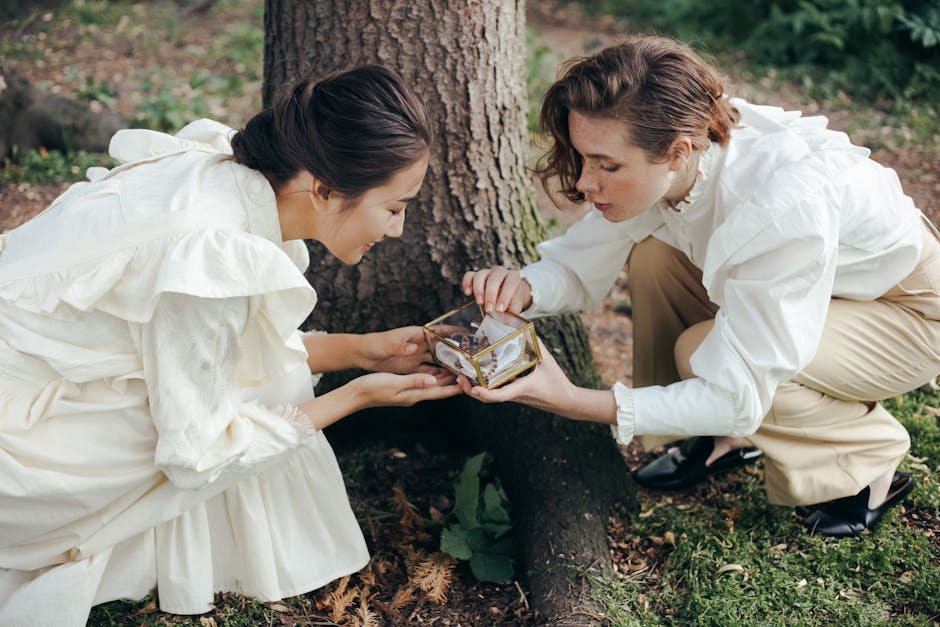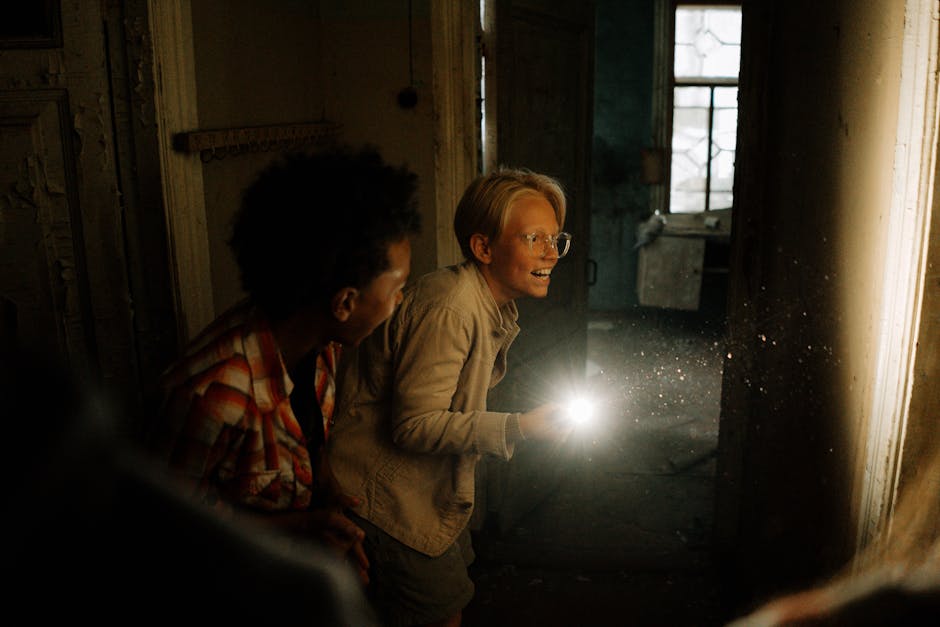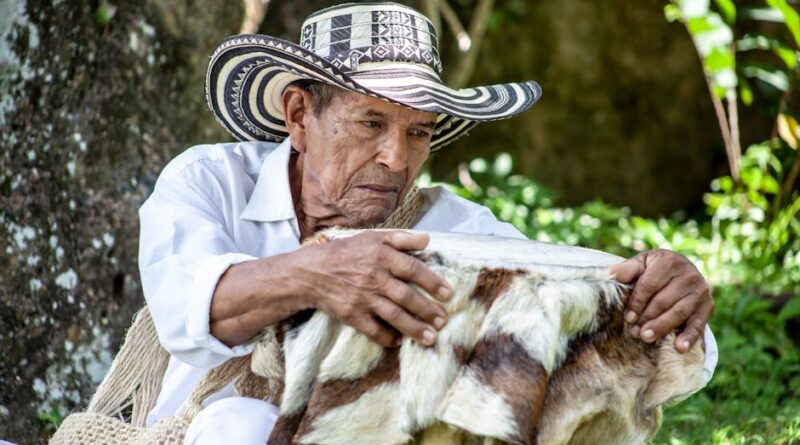Exploring the Essence of Spanish Storytelling
Did you know that storytelling in Spain dates back to ancient times? it’s true! Spanish storytelling is rich and diverse, shaped by history, culture, and tradition. In this article, well dive into the heart of Spanish storytelling. We’ll explore it’s history, styles, and significance in everyday life. Ready to uncover this fascinating world?
What Makes Spanish Storytelling Unique?

Spanish storytelling is more than just tales; it’s a reflection of life, culture, and identity. It brings people together and creates lasting connections. Stories often convey morals and values, teaching lessons through engaging narratives.
One unique aspect is the use of oral tradition. Many stories have been passed down through generations, evolving with each telling. This makes each version special and personal.
How Did Spanish Storytelling Begin?

The roots of Spanish storytelling can be traced back to ancient times. The earliest stories often included myths and legends. These tales explained natural phenomena and expressed cultural beliefs.
Over time, storytelling evolved. The influence of different cultures, such as the Romans and Moors, enriched Spanish narratives. This fusion created a vibrant tapestry of stories that reflect various aspects of life.
What Are the Main Genres of Spanish Stories?

Spanish storytelling encompasses many genres. Here are a few key ones:
- Folktales: These are traditional stories that often include magical elements and moral lessons.
- Legends: Legends are historical stories based on real events but enhanced with imaginative details.
- Fables: Fables teach moral lessons through animals that speak and act like humans.
- Novels: Longer narratives explore complex characters and themes, often reflecting societal issues.
Each genre has it’s unique flavor, contributing to the richness of Spanish literature.
Who Are the Key Figures in Spanish Storytelling?

Spanish storytelling has produced many remarkable figures. Here are a few notable storytellers:
- Cervantes: Best known for “Don Quixote,” Cervantes shaped modern literature and storytelling.
- Gabriel Garca Mrquez: A master of magical realism, his works bridge fantasy and reality.
- Federico Garca Lorca: His poetry and plays capture the essence of Spanish culture and emotion.
These authors have left a significant mark on both Spanish and world literature. Their stories resonate with themes of love, struggle, and identity.
What Role Does Storytelling Play in Spanish Culture?
Storytelling is an essential part of Spanish culture. It serves as a means of communication, education, and entertainment. Families often gather to share stories, strengthening bonds and passing down traditions.
In Spain, storytelling goes beyond books. Festivals often feature live storytelling events where artists perform dramatic readings of classic tales. These performances celebrate the art of storytelling and keep traditions alive.
How Does Spanish Storytelling Influence Modern Media?
Today, Spanish storytelling influences various forms of media. Films, television shows, and even video games draw inspiration from traditional tales. This connection keeps the essence of Spanish storytelling relevant in the modern world.
For example, animated films like “Coco” showcase rich cultural narratives. They highlight the importance of family, tradition, and memory, resonating deeply with audiences. Learn more about “Coco” here.
What Are Some Common Themes in Spanish Stories?
Spanish stories often explore universal themes, making them relatable. Here are some common themes found in Spanish storytelling:
- Love: Many tales revolve around love, both romantic and familial.
- Identity: Stories often reflect the struggle of finding ones place in the world.
- Tradition vs. Modernity: Many narratives explore the tension between old customs and new ideas.
- Social Issues: Stories frequently tackle themes like poverty, injustice, and inequality.
These themes resonate across cultures, highlighting the shared human experience.
How Do Spanish Stories Reflect Everyday Life?
Spanish stories often mirror daily experiences. They capture the joys, challenges, and nuances of life in Spain. For example, folktales may recount the adventures of ordinary people overcoming obstacles, inspiring hope and resilience.
Moreover, settings in these stories often reflect real places in Spain, making them relatable. This connection fosters a deeper understanding of Spanish culture and society.
What Can We Learn from Spanish Storytelling?
Spanish storytelling teaches us valuable lessons. Here are some key takeaways:
- The Power of Community: Stories connect us, creating bonds and fostering understanding.
- Embracing Diversity: The blend of cultures in Spanish stories reminds us to celebrate differences.
- Resilience: Many stories highlight the strength to overcome adversity.
These lessons can inspire us in our lives, promoting empathy and connection.
How Can You Experience Spanish Storytelling?
There are many ways to immerse yourself in Spanish storytelling. Here are some suggestions:
- Read Spanish Literature: Explore works by authors like Cervantes or Garca Mrquez.
- Attend Storytelling Events: Look for local events or festivals celebrating storytelling.
- Watch Spanish Films: Enjoy movies that reflect Spanish narratives and themes.
Each of these experiences can bring you closer to the essence of Spanish storytelling.
Conclusion: Embrace the Stories Around You
Spanish storytelling is a vibrant tapestry of culture, history, and life lessons. By exploring these tales, we can connect with the heart of Spain and it’s people. So, next time you hear a story, whether in a book or shared among friends, take a moment to appreciate the rich tradition behind it.
Embrace storytelling in your own life. Share your stories, listen to others, and cherish the connections that come from them.



